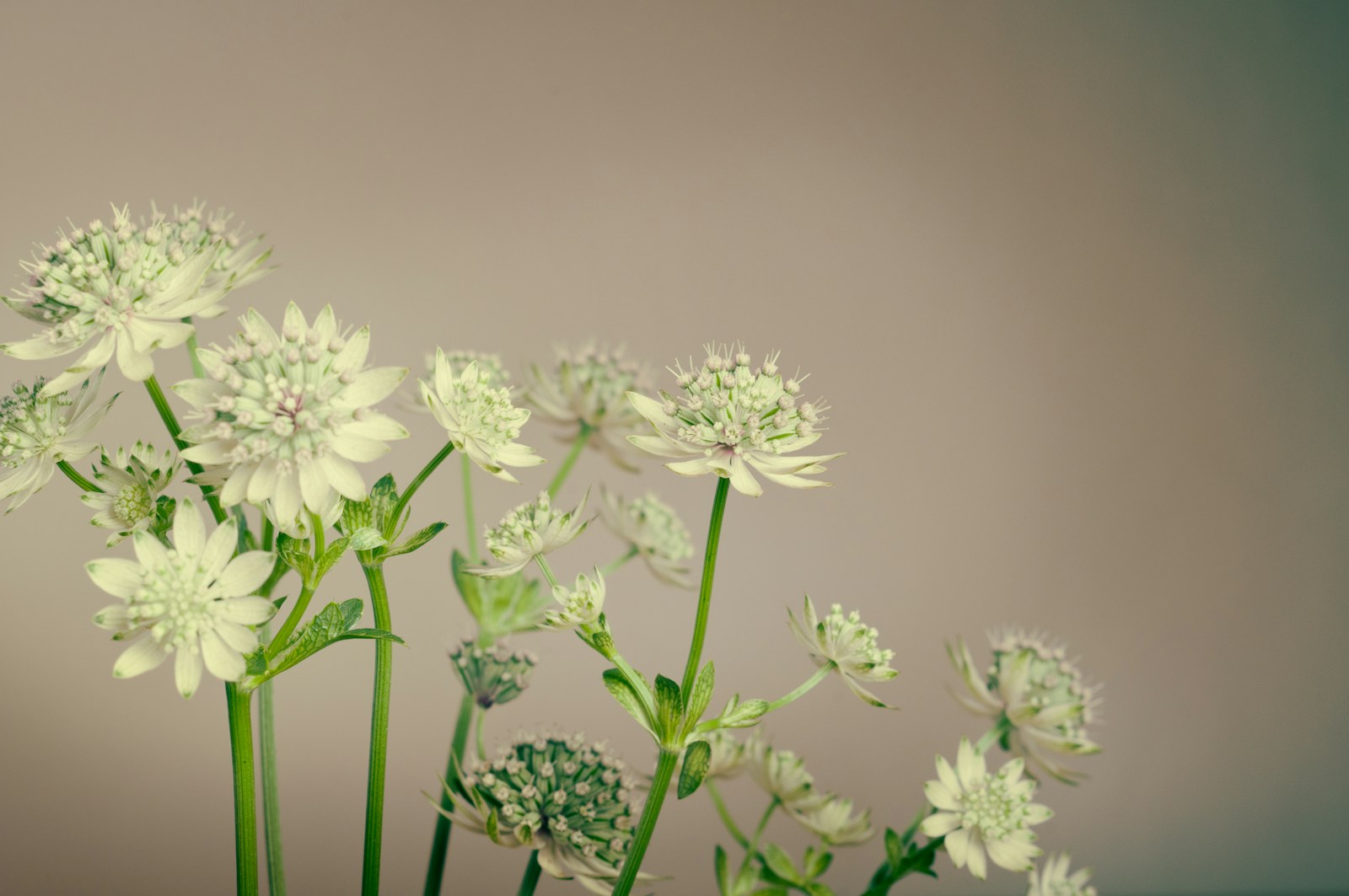
flor silvestre

Wildflower
The Spanish term 'flor silvestre' translates to 'wildflower' in English. It refers to a flower that grows naturally in the wild, not intentionally sown or planted. Wildflowers can be found in diverse environments, from forests and grasslands to deserts and tundras. They range in size, form, and color, and offer aesthetic beauty as well as habitats and food for wildlife.
Example sentences using: flor silvestre
La flor silvestre crece en el jardín.

The wild flower grows in the garden.
This sentence is describing a circumstance where a wild flower is growing in a garden, most likely without any human intervention.
Yo vi una flor silvestre en el bosque.

I saw a wild flower in the forest.
In this context, the speaker is describing a personal experience where they saw a wild flower during a visit to a forest.
Él pinta una flor silvestre con acuarelas.

He paints a wild flower with watercolors.
Here, a story is being shared about someone who is creatively painting a picture of a wild flower using watercolors.
La belleza de la flor silvestre es inigualable.

The beauty of the wild flower is unparalleled.
In this sentence, the speaker is expressing a personal opinion about the incomparable beauty of wild flowers.
La flor silvestre resiste el invierno.

The wild flower withstands the winter.
This context talks about the resilience of wild flowers, which can endure tough weather conditions like winter.
La flor silvestre tiene un aroma agradable.

The wild flower has a pleasant scent.
Here, the speaker is remarking on the pleasant smell of a wild flower, implying personal experience with such a flower.
Este poema está inspirado en la flor silvestre.

This poem is inspired by the wild flower.
In this context, someone is saying that a poem has been written with a wild flower as the source of inspiration.
A mi madre le gusta la flor silvestre.

My mother likes the wild flower.
This sentence illustrates a personal anecdote about the speaker's mother, who has a liking for wild flowers.
La flor silvestre es el símbolo de nuestra ciudad.

The wild flower is the symbol of our city.
This statement refers to a city where a wild flower is considered a representative or emblematic symbol.
Busco la flor silvestre por toda la montaña.

I search for the wild flower throughout the mountain.
In this sentence, the speaker is talking about a personal experience or mission to find a wild flower on a mountain.